A licensed financial planner shares his journey of buying a new car after 16 years of using his old car.
I bought a new car for myself earlier this month, after having used my previous car for the past 16 years. Buying my new car was a decision that I did not make in a split second, but rather took some deliberation, as most of my major financial decisions are made.
While I am interested in cars in general, I subscribe to the view that cars are liabilities and their main function is to get you from point A to point B safely. Having a view like that which is contrary to how many other Malaysians think has certainly created interesting situations in my life, including the annual occurrence where my mother would attempt to get my son to convince me to change my car.
I would like to share with everyone the 4-step process that went into my decision of buying a new car, from the beginning until I received my new car from the dealership.
Contents
Step #1: Do you need a new car?
A new, expensive car is always considered a status symbol which shows that you have made it in life. However, the question is, how do you even identify whether you do need a new car?
The following is a simple checklist that I used in order to make my decision before purchasing my new car.
- Changes in circumstances e.g. number of family members have increased. While a 4-door hatchback might be sufficient for a family of 3 or 4, it becomes uncomfortable and safety is a concern when you family grows larger than that.
- Costs of repairs are either the same or more than the monthly installment for a new car, which will probably come with warranty of major parts, potentially up to 5 years.
- Total lost (accident or stolen) – self-explanatory. You don’t have a car anymore, and probably need a new one.
For me, it was a combination of the first 2 reasons which led me to decide that it was time to proceed with buying a new car.
Step #2: What type of car can you afford?
I actually wrote a post on this step for CTOS a couple of years back. Two main guidelines that people generally use are as follows:
- Monthly salary x 12 months = Price of the car you can afford to buy
- The value of the car you should buy with a loan should equate to
- monthly payments that don’t exceed 15% of your monthly salary, and
- with a loan repayment period that must not exceed 5 years.
In my view, the best way to estimate our ability to buy (afford) a car is to take into account all our necessary household expenses in advance such as housing, food, children, savings or investments (minimum of 10% of the monthly salary), insurance or Takaful, and other needs.
Only after taking into account all unavoidable commitments and expenses, can we clearly estimate with the remaining balance. Take that balance and divide it into two. Why two?
- One half is the amount we can afford for monthly car payments,
- The other half is set aside to maintain the car, including fuel, toll, and so on.
I do recommend you take the extra step of researching how expensive it is to maintain the car model that you plan to purchase. In my case, I checked with my mechanic, who told me the general costs involved. I took his feedback into consideration before I made my final decision.
The guidelines above will help you identify the price that you can afford to purchase. This does not necessarily mean if you can afford a more expensive car, you should go and buy one. I certainly didn’t.
Step #3: Financing the purchase
The ‘cheapest cost’ in purchasing a car is by using cash to purchase it as you would not be paying extra to the bank or financial institutions on the financing that you would have taken. However, most of us, would not be able to purchase a new car with cash.
So, how do we go about financing your purchase?
- Trade in or sell your current vehicle. Your current vehicle might still have some resale value. Generally, trading in your current car to the dealer that you are trying to purchase your new car from might be your best option, as they are interested to close the deal to sell you your new car. If not, you can still shop around to second hand car shops, forums like Mudah.my or even new startups like Carsome and Mytukar in order to find the best price possible in trading in / selling your car as this will help reduce the amount of financing that you need to take.
- Use part of your savings (if you don’t have a vehicle to trade in), and still need to pay down payment (at a minimum), then whether you like it or not, you still have to take some money from your savings. It is not advisable to take out a personal loan to pay for the 10% deposit. If you do have to take out a personal loan, then you probably can’t afford that car in the first place.
- Applying for hire-purchase financing from banks. This would be the standard method, most of us would use in purchasing a new car. The process is fairly straight forward, and generally your car salesman will assist you with applying for the hire purchase financing. Some questions that you need to decide on:
- Do you then take a 5-year, 7-year, or 9-year tenure? I usually take the 7-year option, but will settle my hire purchase within the 4th year as I would put aside money that I would have used to pay a 5-year tenure in investments, and by the time I reach the 4th year, I would have more than enough to do a full settlement of the financing amount.
- Do you take a fixed-term or reducing-balance financing? In a lower interest rate environment, a fixed-term is always better, as you won’t be exposed to increase in profit rates when the OPR rate is increased. Please do your calculation to identify how much profit (interest) that you would pay if you take either financing to know the actual cost of your financing.
Step #4: How much should I protect my car for?
There are a few things that you need to take into account when you want to take protection related to the new car that you have just purchased, but will also be relevant for any cars in general.
- Protection on the car – please ensure that if your car is still under financing with any financial institution to request for a coverage based on an agreed value e.g. if you still owe the bank RM50,000, take a coverage for RM50,000. Don’t choose the market value option (or worse still go for the minimum) because if something happens to the car (total lost or stolen), you will probably have to top up some additional amount to your respective financial institution. You can also opt for additional riders like windshield coverage or flood coverage if you feel that there are higher probabilities of that particular incident happening to your car.
- Protection for the owner – in recent years, banks or financial institutions have introduced Hire Purchase Reducing Term Assurance or Takaful products which will pay off the balance that you owe to them if you were to pass away, so that your beneficiaries will not be burdened with your liabilities. This is a similar concept to the MRTA or MRTT concept for Mortgage Financing for your properties. If you do not have sufficient life coverage, I would advise you to take this option up (you have the option not to take it – I didn’t, as I have sufficient Life or Total Personal Disability or Critical Illness coverage from my term policies). Please be advised, that this type of coverage generally covers in the case that you pass away only.
Conclusion
Those are the 4 general steps that everyone should go through when they are planning to purchase a new car, whether it is a brand new car or a used car. Please take note, that if you can’t answer Step 1 or Step 2 properly, then my advice is to hold on to the purchase of that new car as you probably have other more pressing needs to focus on. Do talk to your licensed financial planner if you need help with your numbers.
You May Also Like
- Is Buying a Brand New Car Really a Bad Idea?
- Latest Tax Exemption on Cars: To Buy or Not To Buy?
- What You Need to Know Before You Buy a Used Car
- Car Loan Settlement Calculator
What do you consider before buying a new car? Share with us in the comment section below.


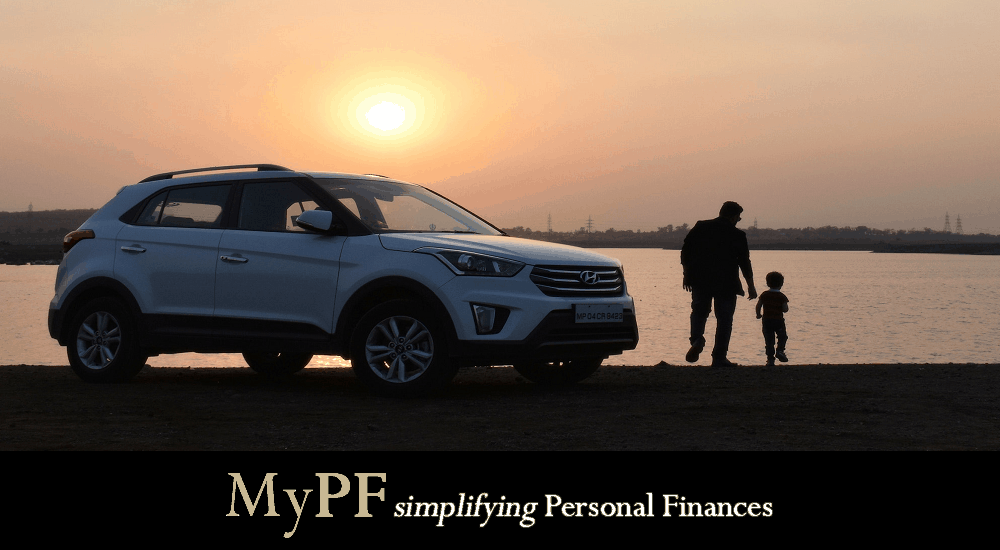
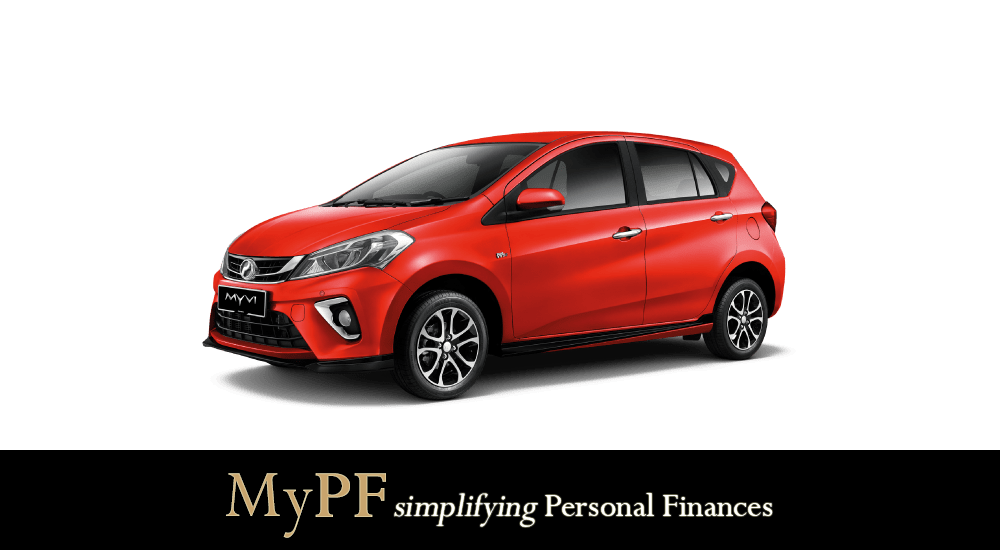
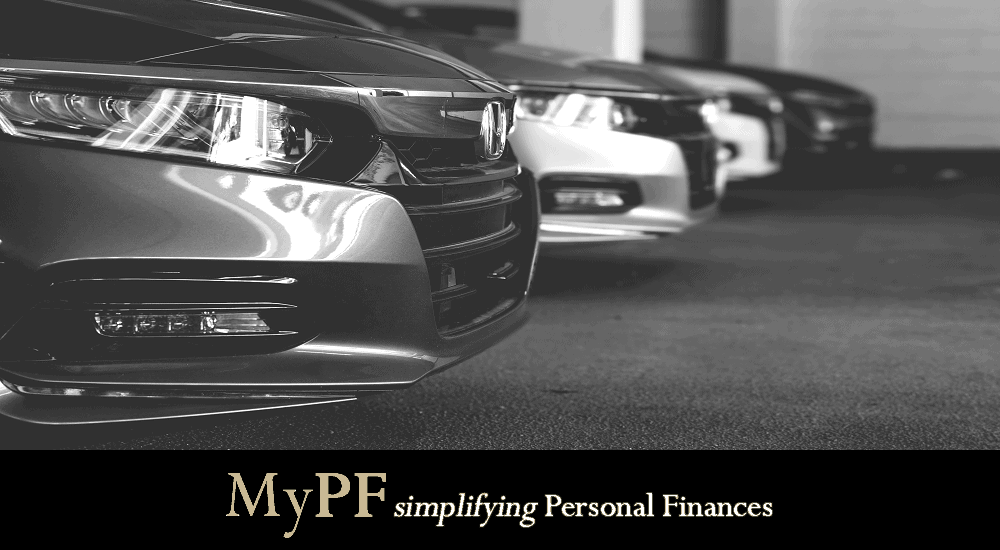
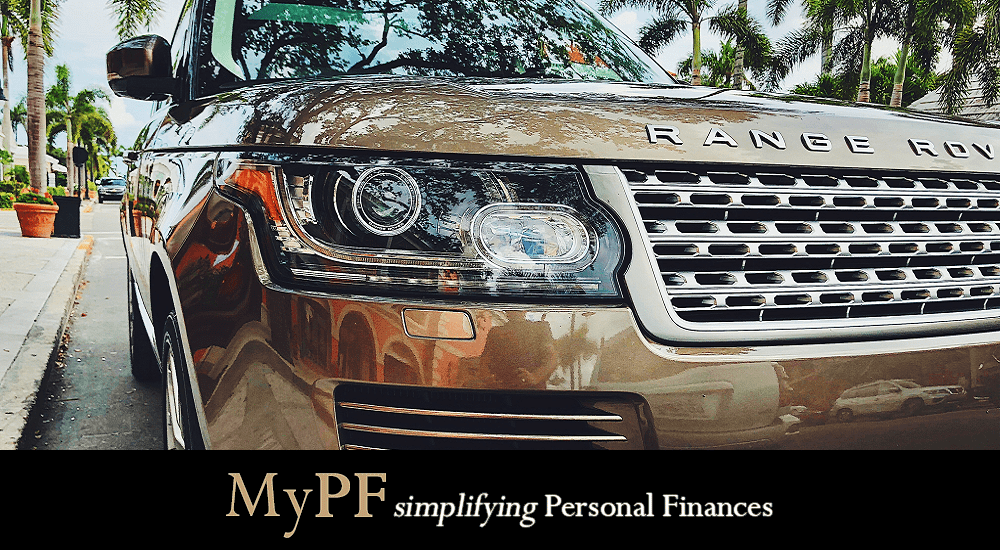
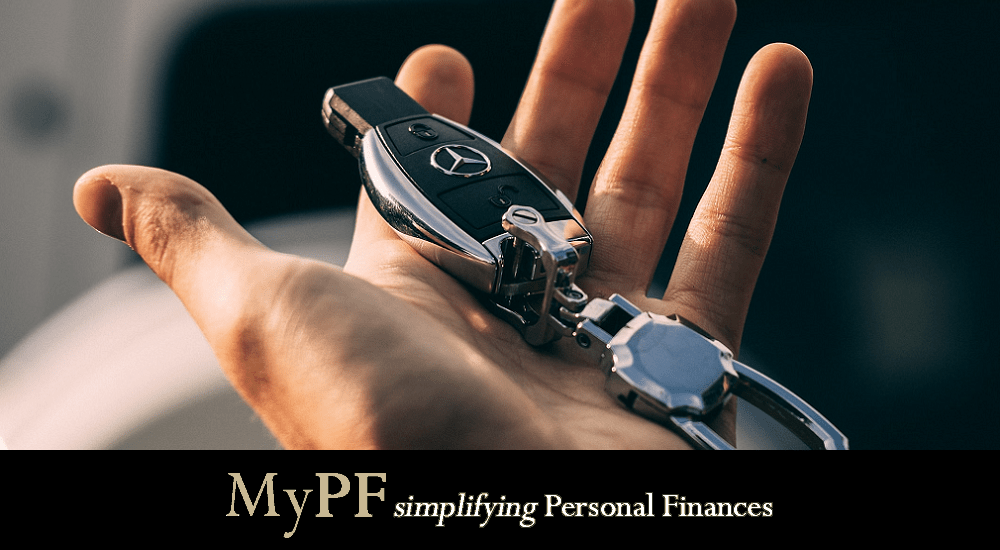

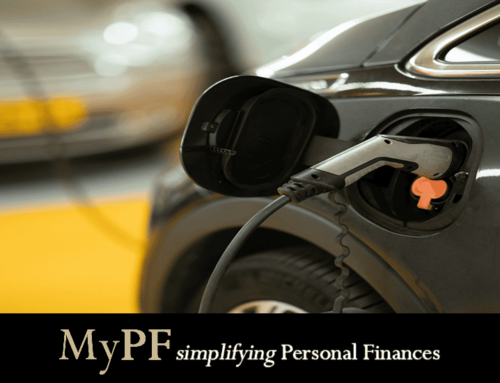

Yes I am having the family of 4 and hatchback will be good for it, thanks for elaborating all the points in very easy way so that one can understand. Great article helped me a lot.